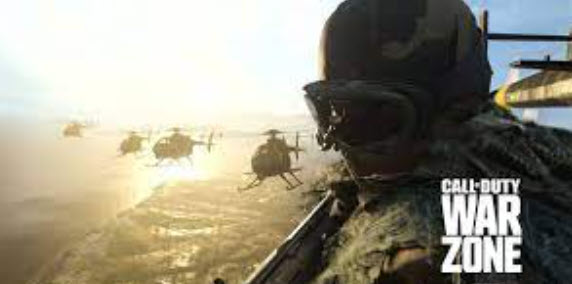The Cold War Aug Is The Best Long Ranged Weapon In Call of Duty: Warzone

Image Source: Activision
The Cold War Aug is Tactical Weapon, tactical weapons are single fire or burst weapons. The AUG is very similar to the M16 they are both bursts and tactical weapons, they are both one–the AUG, along with its close relative, the M16, is one of the strongest weapons in Call of Duty: Warzone right now. With an extremely quick and accurate three-shot burst capable of eliminating an enemy in milliseconds, this gun is a fearsome weapon at long ranges and in close quarters combat alike.

We will tell you the best class right now will walk you through how to set up the best AUG class in Cold War, with details on the right attachments to use to make the best possible AUG loadout. Regarding their differences, the AUG, after the Season 2 update, now has lower time-to-kill, higher bullet velocity, and a more rapid fire rate.
In the end, based on the aforementioned comparisons, it seems that the buffed AUG holds a slight edge, but players that want a more consistent weapon in terms of accuracy may end up going with the M16. Player preference should ultimately be the deciding factor when choosing between the two weapons, and the best way for players to reach their conclusion regarding which one to equip is to give them both a shot in the game
This will be the CW Aug class Muzzle: SOCOM Eliminator or Agency Suppressor Barrel: 18.2” Strike Team Rear Grip: Field Agent Grip Ammunition: 54 Round Fast Mag Axial Arms 3x














